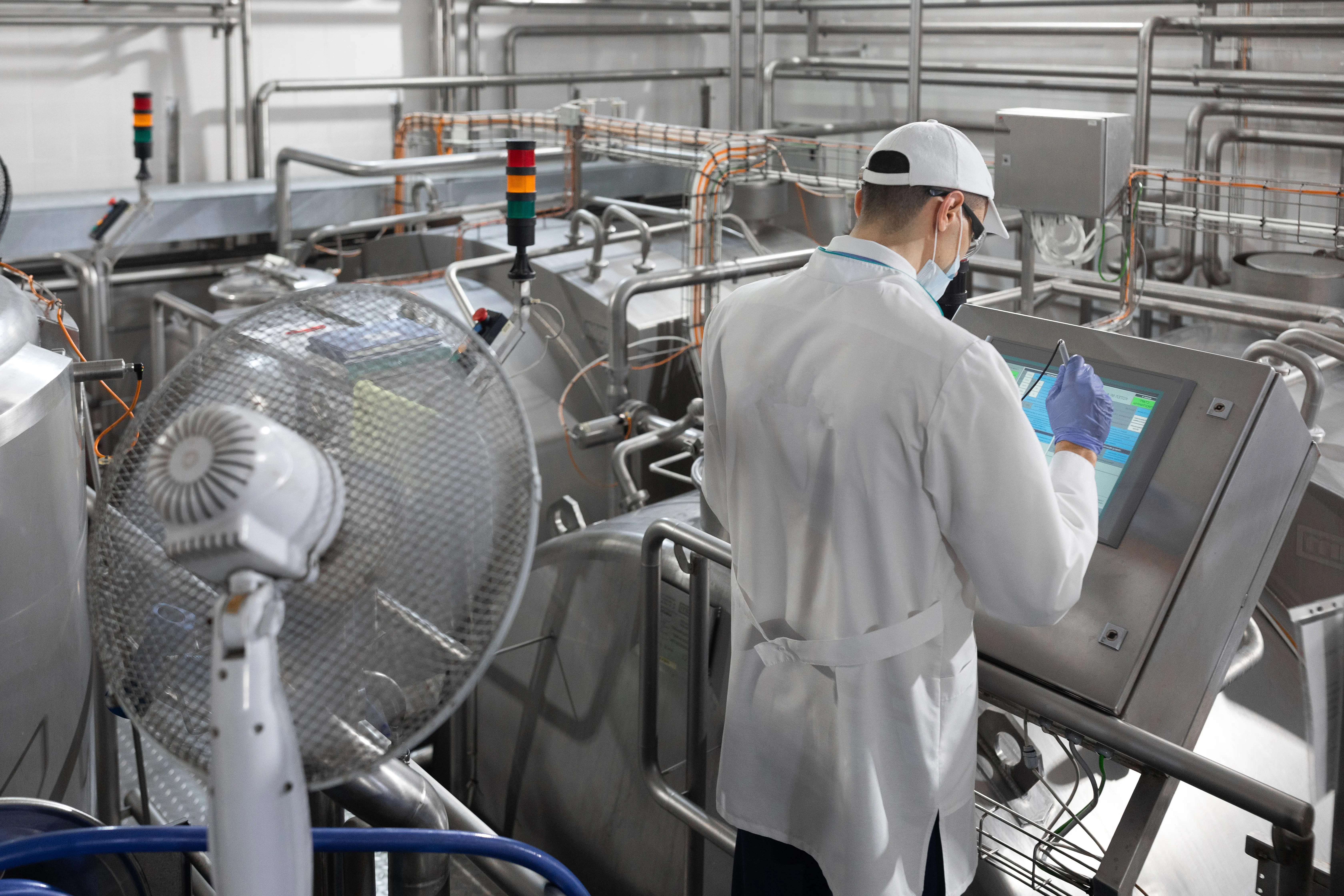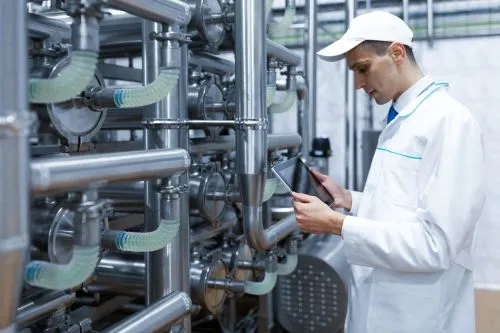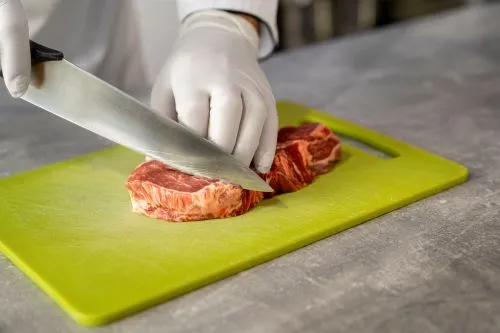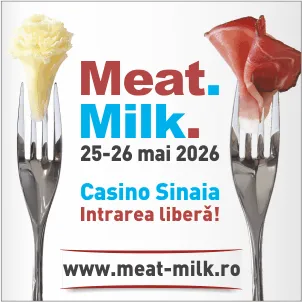333

The modernization of small slaughterhouses has become a priority for Member States, as the European Union strengthens standards on biosecurity, traceability, and animal welfare. European regulations on the hygiene of products of animal origin (EC 852/2004 and 853/2004, updated through 2024) impose strict requirements for infrastructure, separated work flows, temperature control, and monitoring of microbiological contamination. At the same time, Member States are encouraged to support investments that enable small slaughterhouses to operate in compliant conditions, especially in rural areas where they are critical for short supply chains and for maintaining family farms.
OECD analyses show that low-volume facilities are the most exposed to economic risks, particularly due to high fixed costs for equipment, refrigerated spaces, and authorized personnel. Modernization costs, according to European estimates from 2024, range between EUR 250,000 and 1.2 million, depending on capacity and the level of digitalization. However, European Commission studies indicate that small slaughterhouses integrated into short supply chains can generate significant local economic impact, especially in areas with a low density of large processors.
EFSA emphasizes that the implementation of rapid microbiological controls, continuous temperature monitoring, and standardized workflows reduces contamination risk in small-capacity units by over 30%. This minimum level of digitalization becomes mandatory in order to remain competitive and compliant with market requirements.
In Romania, the modernization of small slaughterhouses is included in the National Strategic Plan (PNS) through interventions dedicated to investments in the livestock sector. The Ministry of Agriculture and Rural Development (MADR) estimates that by 2027 at least 80 small units could access non-reimbursable funding for infrastructure, sanitation systems, monitoring equipment, and waste management solutions. In addition, demand from farmers for local slaughtering services remains high, and the lack of functional small slaughterhouses limits the development of short supply chains, directly impacting product valorization.
The economic viability of small slaughterhouses depends on integration into local networks, collaboration with farmers’ associations, and the adoption of a flexible operating model oriented toward multiple services: slaughtering, cutting, packaging, and storage. In the context of 2025, modernization is not an isolated cost, but a condition for long-term existence and for maintaining processing capacity in rural areas.
(Photo: Freepik)





